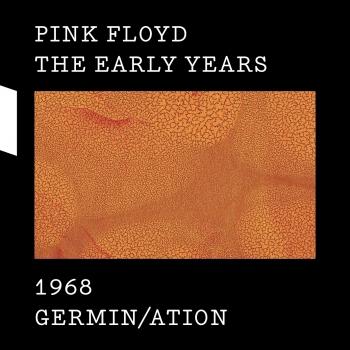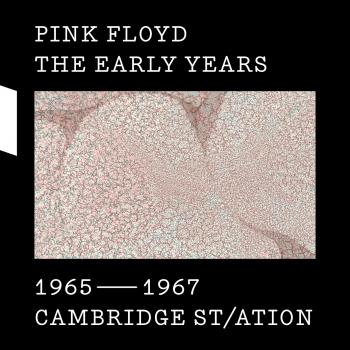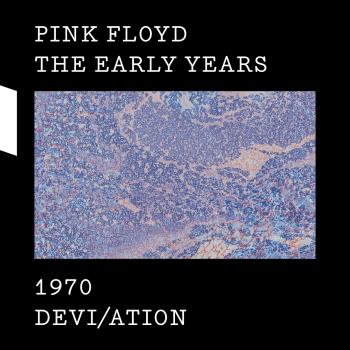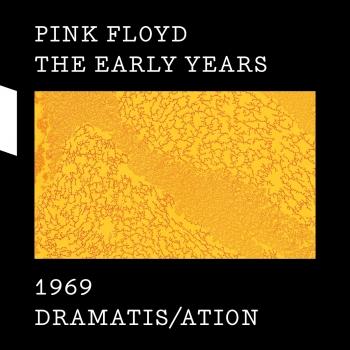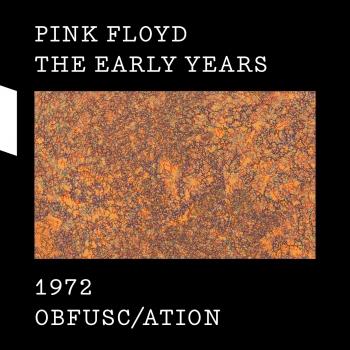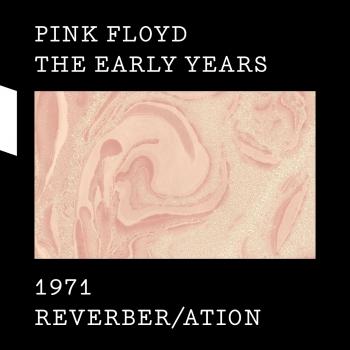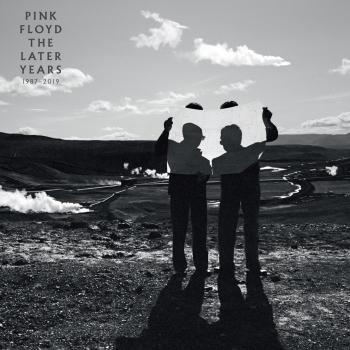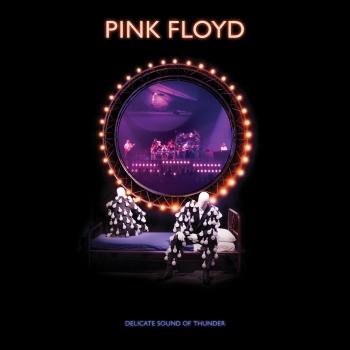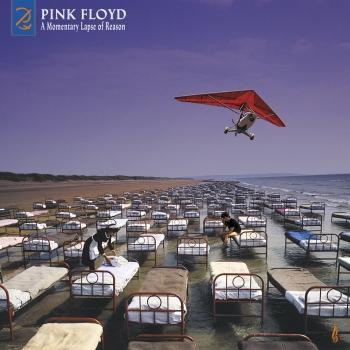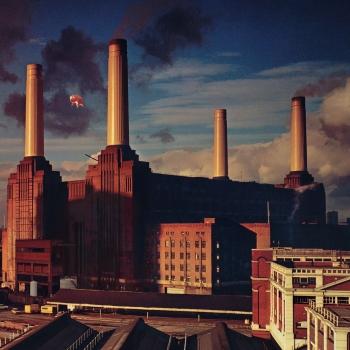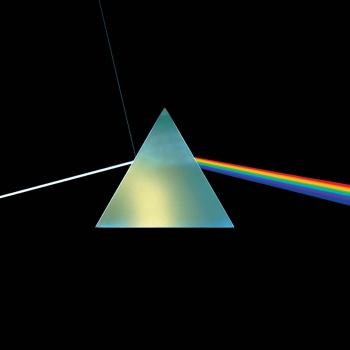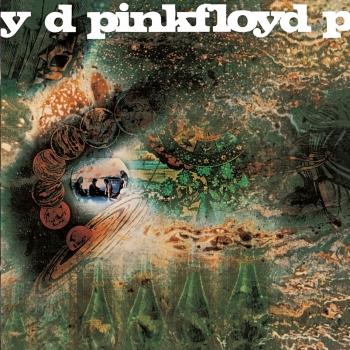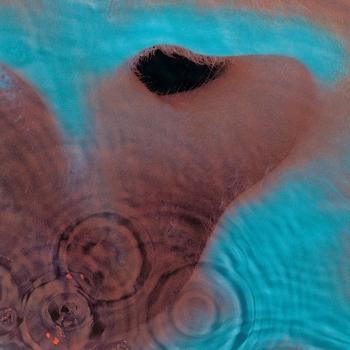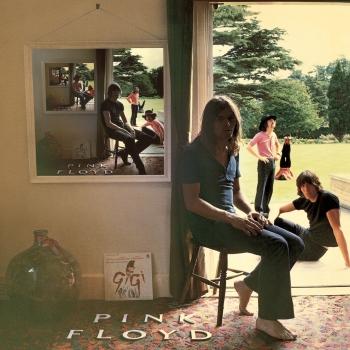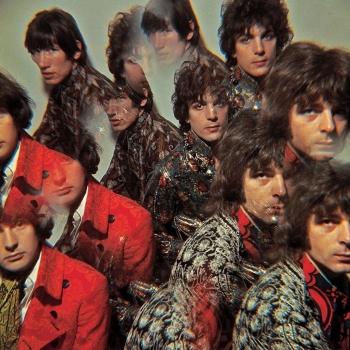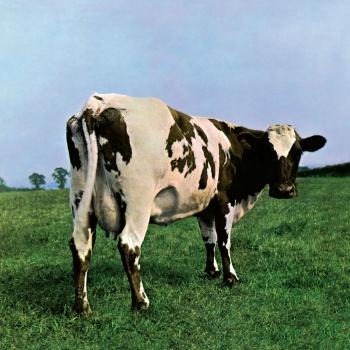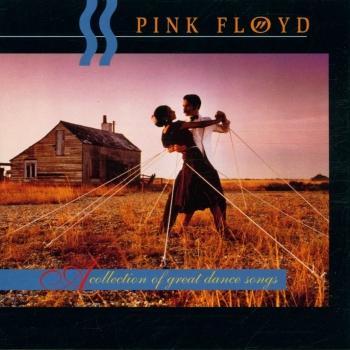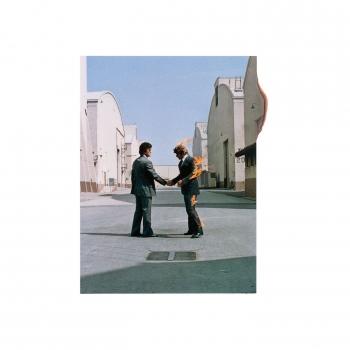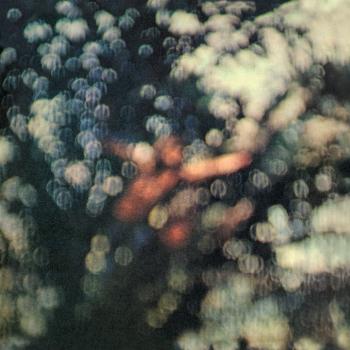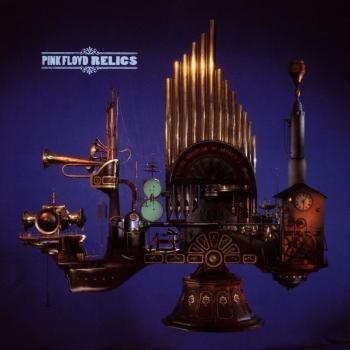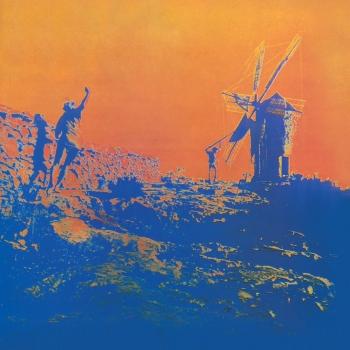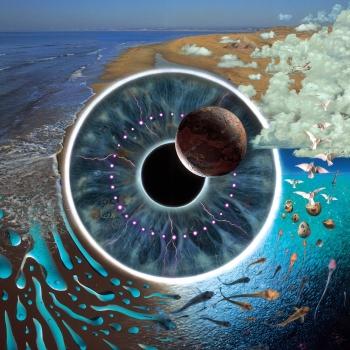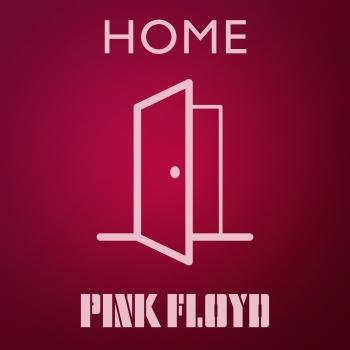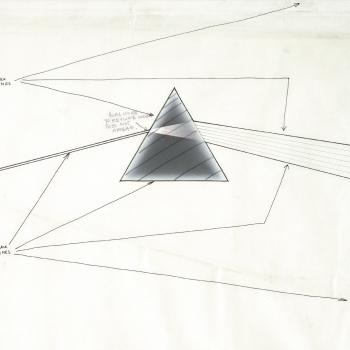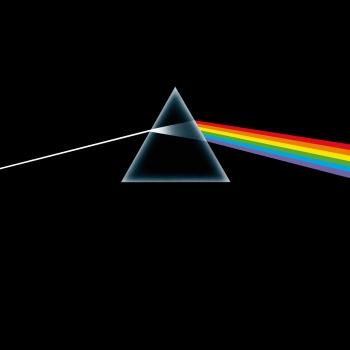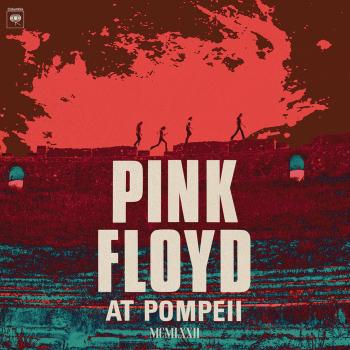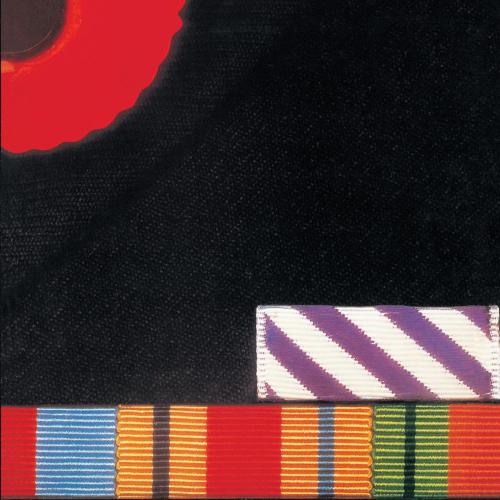
The Final Cut (2011 Remastered Version) Pink Floyd
Album info
Album-Release:
2011
HRA-Release:
22.10.2021
Album including Album cover
I`m sorry!
Dear HIGHRESAUDIO Visitor,
due to territorial constraints and also different releases dates in each country you currently can`t purchase this album. We are updating our release dates twice a week. So, please feel free to check from time-to-time, if the album is available for your country.
We suggest, that you bookmark the album and use our Short List function.
Thank you for your understanding and patience.
Yours sincerely, HIGHRESAUDIO
- 1 The Post War Dream (2011 Remastered Version) 02:59
- 2 Your Possible Pasts (2011 Remastered Version) 04:23
- 3 One Of The Few (2011 Remastered Version) 01:14
- 4 When The Tigers Broke Free (2011 Remastered Version) 03:17
- 5 The Hero's Return (2011 Remastered Version) 02:42
- 6 The Gunner's Dream (2011 Remastered Version) 05:18
- 7 Paranoid Eyes (2011 Remastered Version) 03:41
- 8 Get Your Filthy Hands Off My Desert (2011 Remastered Version) 01:16
- 9 The Fletcher Memorial Home (2011 Remaster) 04:09
- 10 Southampton Dock (2011 Remastered Version) 02:09
- 11 The Final Cut (2011 Remastered Version) 04:47
- 12 Not Now John (2011 Remastered Version) 04:59
- 13 Two Suns In The Sunset (2011 Remastered Version) 05:18
Info for The Final Cut (2011 Remastered Version)
The Final Cut is the 12th studio album by English rock band Pink Floyd, released on 21 March 1983 in the United Kingdom and on 2 April in the United States through Harvest and Columbia Records. It comprises unused material from the previous Pink Floyd album, The Wall (1979), alongside new material recorded throughout 1982.
The Final Cut was the last Pink Floyd album to feature founding member Roger Waters, who departed from the band in 1985. It is also the only Pink Floyd album not to feature founding member and keyboardist Richard Wright, who left the band after the Wall sessions. The recording was plagued by conflict; guitarist David Gilmour felt many of the tracks were not worthy of inclusion, but Waters accused him of failing to contribute material himself. Drummer Nick Mason's contributions were mostly limited to sound effects.
"The Final Cut extends the autobiography of The Wall, concentrating on Roger Waters' pain when his father died in World War II. Waters spins this off into a treatise on the futility of war, concentrating on the Falkland Islands, setting his blistering condemnations and scathing anger to impossibly subdued music that demands full attention. This is more like a novel than a record, requiring total concentration since shifts in dynamics, orchestration, and instrumentation are used as effect. This means that while this has the texture of classic Pink Floyd, somewhere between the brooding sections of The Wall and the monolithic menace of Animals, there are no songs or hooks to make these radio favorites. The even bent of the arrangements, where the music is used as texture, not music, means that The Final Cut purposely alienates all but the dedicated listener. Several of those listeners maintain that this is among Pink Floyd's finest efforts, and it certainly is an achievement of some kind -- there's not only no other Floyd album quite like it, it has no close comparisons to anybody else's work (apart from Waters' own The Pros and Cons of Hitch Hiking, yet that had a stronger musical core). That doesn't make this easier to embrace, of course, and it's damn near impenetrable in many respects, but with its anger, emphasis on lyrics, and sonic textures, it's clear that it's the album that Waters intended it to be. And it's equally clear that Pink Floyd couldn't have continued in this direction -- Waters had no interest in a group setting anymore, as this record, which is hardly a Floyd album in many respects, illustrates. Distinctive, to be sure, but not easy to love and, depending on your view, not even that easy to admire." (Stephen Thomas Erlewine, AMG)
David Gilmour, lead and rhythm guitars (1, 2, 4, 5, 8, 10-12), co-lead vocals (11), additional backing vocals
Nick Mason, drums (1, 2, 4-5, 8, 10-11), tape effects
Roger Waters, lead vocals (all tracks), bass guitar (all tracks except 7), acoustic guitar (2-4, 6, 7, 9-12), synthesizers (3, 4, 11), twelve-string guitar (11), tape effects
Additional musicians:
Michael Kamen, piano (5, 6, 8-10, 12), electric piano (2, 5), harmonium (1, 10), production
Andy Bown, Hammond organ (2, 6, 11, 12), piano (5), electric piano (4)
Ray Cooper, percussion (6)
Andy Newmark, drums (12)
Raphael Ravenscroft, tenor saxophone (5, 12)
Doreen Chanter, backing vocals (12)
Irene Chanter, backing vocals (12)
National Philharmonic Orchestra
Michael Kamen, conductor (1, 5-10)
Recorded July–December 1982 at Mayfair, RAK, Olympic, Abbey Road, Eel Pie, Audio International, and the Billiard Room in London, Hookend Manor in Oxfordshire, England
Produced by Roger Waters, James Guthrie, Michael Kamen
Digitally remastered
Pink Floyd
Inductees: Syd Barrett (guitar, vocals; born January 6, 1946; died July 7, 2006), David Gilmour (guitar, vocals; born March 6, 1944), Nick Mason (drums; born January 27, 1945), Roger Waters (bass, synthesizer, vocals; born September 9, 1944), Rick Wright (keyboards, synthesizers; born July 28, 1945; died September 15, 2008).
Pink Floyd’s hallucinatory presentation of lights and music at London’s Roundhouse in 1966 brought psychedelia to the U.K. scene. The group carried rock and roll into a dimension that was more cerebral and conceptual than what preceded it. What George Orwell and Ray Bradbury were to literature, Pink Floyd is to popular music, forging an unsettling but provocative combination of science fiction and social commentary. In their early years, with vocalist, guitarist and songwriter Syd Barrett at the helm, Pink Floyd were the psychedelic Pied Pipers of the “London underground” scene. In the Seventies, with bassist Roger Waters providing more of the songwriting and direction, Pink Floyd became one of the most influential rock bands of all time.
Before they settled on Pink Floyd, the group went by the names Sigma 6 and the Architectural Abdabs, and they mainly performed rhythm and blues covers. Singer-guitarist Syd Barrett provided Pink Floyd with most of its original early material, including the British hits “See Emily Play” and “Arnold Layne.” Barrett’s elfin, tuneful psychedelia made him the Lewis Carroll of the pop scene. Pink Floyd’s debut album, Piper at the Gates of Dawn, is a classic of psychedelic whimsy that epitomized the remarkable year of 1967 at its most playful and creative. As the British music magazine Q opined in 1995, “Piper at the Gates of Dawn is, even counting Sgt. Pepper, possibly the defining moment of English psychedelia and Syd Barrett’s magnum opus.” Among its highlights was a nine-minute instrumental, “Interstellar Overdrive,” that represented one of rock’s first forays into deep space. It was a preoccupation of Pink Floyd’s that would later surface in songs like “Set the Controls for the Heart of the Sun” (from A Saucerful of Secrets) and the group’s masterwork, Dark Side of the Moon.
Intense experimentation with LSD unfortunately transported Barrett from enlightenment to mental instability, and increasingly unpredictable behavior necessitated his departure from Pink Floyd in 1968. Among the prime “acid casualties” of the Sixties, Barrett subsequently released two magnificent, if eccentric, solo albums – The Madcap Laughs and Barrett, both from 1970 – with considerable input from his erstwhile bandmates in Pink Floyd. Thereafter, however, Barrett became one of rock’s most legendary hermits and the subject of Roger Waters’ tributary opus “Shine On You Crazy Diamond.” It was the side-long centerpiece of Pink Floyd’s Wish You Were Here (1975) and a sterling example of what the group has referred to as its recurring “theme of absence.”
With guitarist David Gilmour on-board as Barrett’s replacement, Pink Floyd’s lineup remained constant for the next 15 years. In the wake of Piper, they recorded psychedelic soundscapes such as A Saucerful of Secrets and the double album Ummagumma, which comprised one disc of live performances and one of individual works by each band member. Laid-back but experimental, Pink Floyd kicked off the Seventies with the pastoral, atmospheric albums Atom Heart Mother (1970) and Meddle (1971). Each featured a side-long epic, “Atom Heart Mother Suite” and “Echoes,” respectively. Fittingly for a band with who took a cinematic approach to music, Pink Floyd provided music for three films. Their work as film scorers can be heard on the soundtrack albums More (1969), Zabriskie Point (1970) and Obscured by Clouds: Music from La Vallee (1972).
Their 1973 release Dark Side of the Moon hit Number One on the Billboard charts and ultimately broke all records by remaining on the Top 200 album charts for 741 weeks. Dark Side of the Moon did not drop off Billboard’s Top 200 album chart until 1988. The album signaled rock’s willingness to move from adolescence into adulthood, conceptually addressing such subjects as aging, madness, money and time. From its prismatic cover artwork to the music therein, Dark Side of the Moon is a classic-rock milestone. The subject of alienation was further explored in Wish You Were Here (1975), an album whose central preoccupation was the band members’ distance from each other (“Wish You Were Here”) and erstwhile leader Syd Barrett’s distance from reality (“Shine On You Crazy Diamond”). They turned their gaze outward yet again on the Orwellian Animals (1977), whose songs bore the titles “Pigs,” “Sheep” and “Dogs.”
Success continued into the Eighties with The Wall, a four-sided epic about a rock star named Pink who suffers a nervous breakdown while on tour. Much of it reflected chief architect Roger Waters’ dim view of the concert experience as rock expanded into arenas and stadiums. “I wanted to make comparisons between rock and roll concerts and war,” Roger Waters toldRolling Stone in 1982. He elaborated on this central tenet in the liner notes forThe Wall Live: 1980-81: “The idea that we, as individuals, generally find it necessary to avoid or deny the painful aspects of our experience, and in fact often use them as bricks in a wall behind which we may sometimes find shelter, but behind which we may just as easily become emotionally immured, relatively simply stated and easy to grasp.” That, in a nutshell, is the theme pursued by Pink Floyd from Dark Side of the Moon forward.
Possibly the most pessimistic album ever to reach #1, The Wall also addressed childhood, education and marriage, finding all of these passages to be dehumanizing. The Wall, the most theatrical and complex stage show that rock had ever seen, was performed 24 times in multi-night stands at four places - London, Los Angeles, Long Island and Dortmund, Germany. During the performance, an actual “wall” was constructed in front of the band, and its collapse at the end provided a fitting denouement. The Wall was subsequently revived by Roger Waters for a star-studded staging in Berlin in 1990, to commemorate the unification of East and West Germany. Performances from the Pink Floyd’s original staging of the epic saw release in 2000 as The Wall Live: 1980-81.
In the wake of The Wall, Pink Floyd itself gradually seemed to collapse, at least temporarily. The Wall turned out to be the last album the foursome of Waters, Gilmour, Wright and Mason recorded together. The Final Cut, which was recorded under extreme duress, found Wright absent from the group. Almost wholly Waters’ vision, it was an antiwar album triggered by Britain’s 1982 conflict in the Falkland Islands. The group unofficially disbanded after its release, and that seemed to mark the end of Pink Floyd, as the members involved themselves in endeavors, including solo projects, outside the band.
Throughout their history, the members of Pink Floyd have projected a rather static personal image, allowing music, lyrics, lighting and theatrical settings to communicate for them. Consequently, they’ve largely avoided the sort of public scrutiny that typifies the lives of rock stars. Little was known or reported about their personal lives. Only when a bitter war of words and a court battle erupted between Roger Waters and the others after Gilmour, Mason and Wright reconvened Pink Floyd was the silence broken.
Pink Floyd released Momentary Lapse of Reason in 1987 and followed it up a year later with Delicate Sound of Thunder, a live album drawn from an extensive tour. The group reconvened in the Nineties with Gilmour again at the helm, releasing The Division Bell in 1994 and another tour souvenir,Pulse, a year later. Both albums went to the top of the charts, proving that the public’s fascination with this most unconventional supergroup had not dimmed in the least. (Source: www.rockhall.com)
This album contains no booklet.









